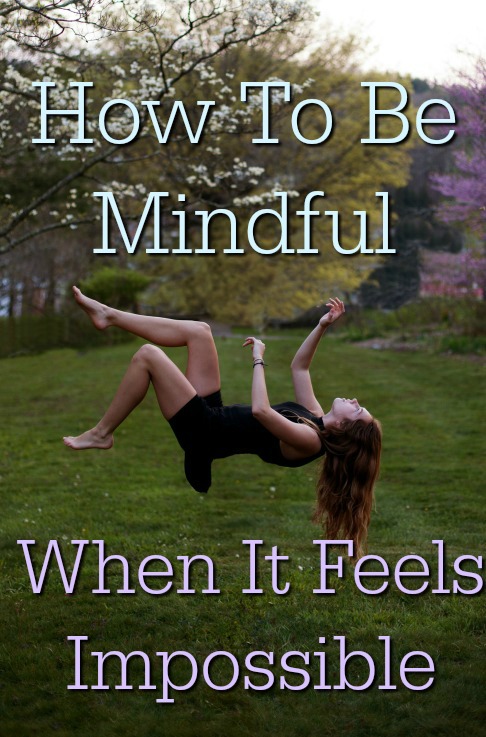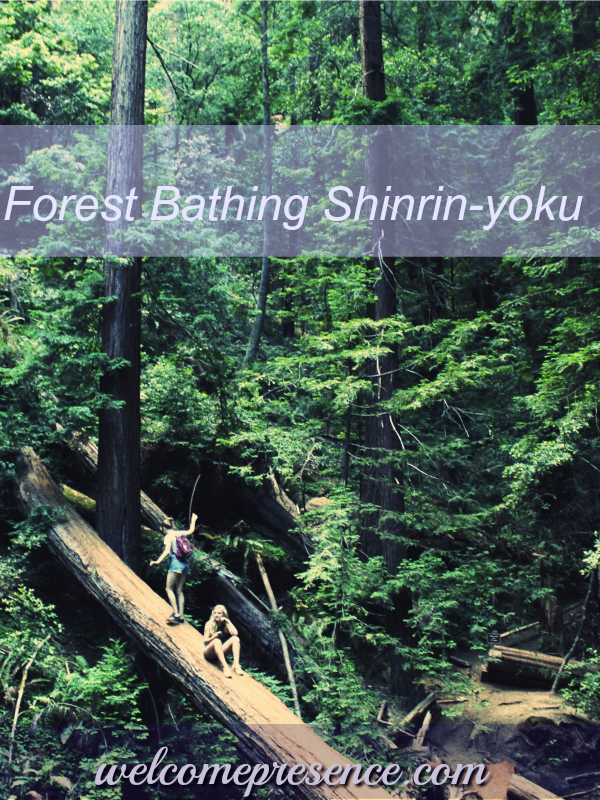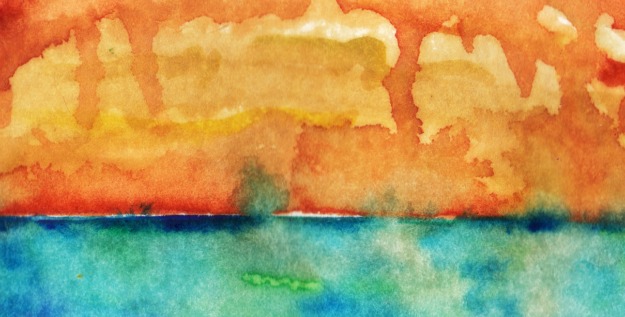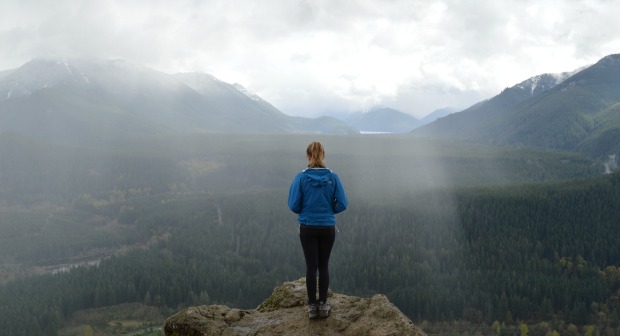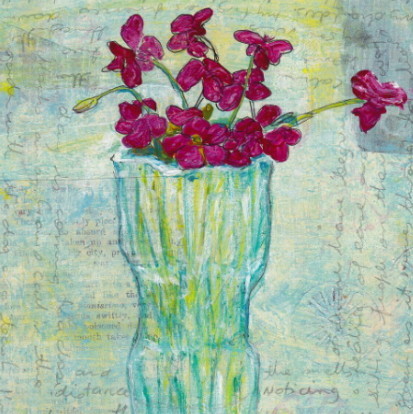You’ve heard about the benefits of being mindful, and you’re in! You want to be present and available to life. You want more clarity and calmness. You’re done with being dragged around by wasted moments, and now it’s time to feel more present, more grounded, more able to really take in and appreciate life.
Let’s do this! you say. But when you get to the doing, something happens to bounce you out.
Because there’s always something waiting to bounce you out, if you’ll let it.
Once we commit to being more present we are presented with a variety of challenges.
What Is Mindfulness?
Mindfulness is simply the practice of being intentionally present and aware of what you are experiencing in this moment. That includes an awareness of physical sensations, thoughts, feelings, and what is happening around you. And we try to hold all these perceptions without a sense of judgement, just allowing what is present to be here. And if it’s hard to stay present, we try not to judge that either. Self kindness really helps.
Whether you are new to mindfulness or an old hand, there are always difficulties to navigate. Problems that make it difficult to remain present may also provide opportunities to deepen your mindfulness practice as you solve them.
Here are three common problems and some ways to move beyond them.
All The Thoughts
It’s time to be mindful. You might be sitting down to meditate, or standing at the bus stop with a few minutes to spare, maybe you want a moment to get quiet before a meal.
Then all the thoughts come flooding in.
When the mind becomes a Pandora’s box of swirling thoughts, mindfulness can feel impossible.
This is such a common state to find yourself in, and it’s important to remind yourself that this is the most natural thing in the world.
The function of the mind is to think.
This problem will often sort itself out with a bit of patience. With a little time the activity of your mind will often settle all on its own. Sometimes it won’t, but there are things that you can do to make it easier on yourself.
One way you can help this settling down process is to gently guide your awareness away from the head.
Get curious about your the place where your feet meet the ground. What are you experiencing in the soles of your feet? your toes? Do you sense anything there?
Your feet are a great place to focus on as they are the furthest point from your head, but don’t feel restricted to your feet. Your whole body is your ally.
You can try a full body scan, slowly move awareness all through your body. Track the air as it fills your lungs, your belly. Feel those places where the air meets your skin.
Not only does this take the focus away from an over-active mind, it’s like entering a new world, like trying scuba diving for the first time: here everything is new and has it’s own way of being.
Too Busy
Maybe you’ve worked with mindfulness before. Maybe you’ve felt like you were making progress, but life got too busy. It’s hard to maintain a practice when you have so many demands being placed on you. That is a difficult position, and everyone finds themselves here at some point.
That sense of busy-ness, when you are scheduled to the hilt and running from crisis to crisis can feel like standing in front of an impenetrable brick wall. It seems like there’s no way through.
But like any brick wall when you get up close it’s full of cracks. Once you start looking for them you start seeing them everywhere.
Everything contains space. Even the densest, most compacted objects contain space. Your task when feeling overwhelmed like this is to find the space.
Find the gaps between activities. Then find the gaps inside the activities.
Insert small moments of mindfulness in the gaps. Choose one simple cue that reminds you to come back to being present: a mindful sip of water between meetings, taking a moment to feel your feet on the floor between phone calls, move your attention to just below the belly and feel it rise and fall with your breath.
Keep it simple and repeat your cue whenever you remember, you’ll be surprised at how quickly becoming present for small moments at a time becomes a habit for you.
Be Here Now (And In The Future)
Richard Strozzier Heckler says “You are what you practice.”
If mindfulness is your practice, eventually your natural response to even impossible situations will be mindfulness. and even if those impossible situations knock you off course, with practice your natural instinct is to return, again and again.
Practice when things are not not feeling impossible. Enjoy that feeling. Know that you’re creating fresh neural grooves that will enhance your ability to be mindful later on.
Practice when it does feel impossible. Just making the effort is a win. And that’s not just a pretend win either, I’ve sat through so many awful meditation periods where my body felt tied up in knots and my head felt on fire, only to feel a delicious sense of clarity and calmness an hour or two later.
Trust that something is happening for you. Have faith and play the long game.
Practice in short bursts. Find your own style, own it, have fun: make a game of it. Rack up flying hours and soon enough, being more present and mindful will become second nature to you.
Every moment of awareness is a victory. Every moment of awareness helps to create a habit of being more and more aware in the future.
And hey, if you need some help–I offer bite-size, half hour coaching sessions that help you get into a mindful, grounded state as preparation for working on a challenge you face right now. They’re very effective and great fun as well!

